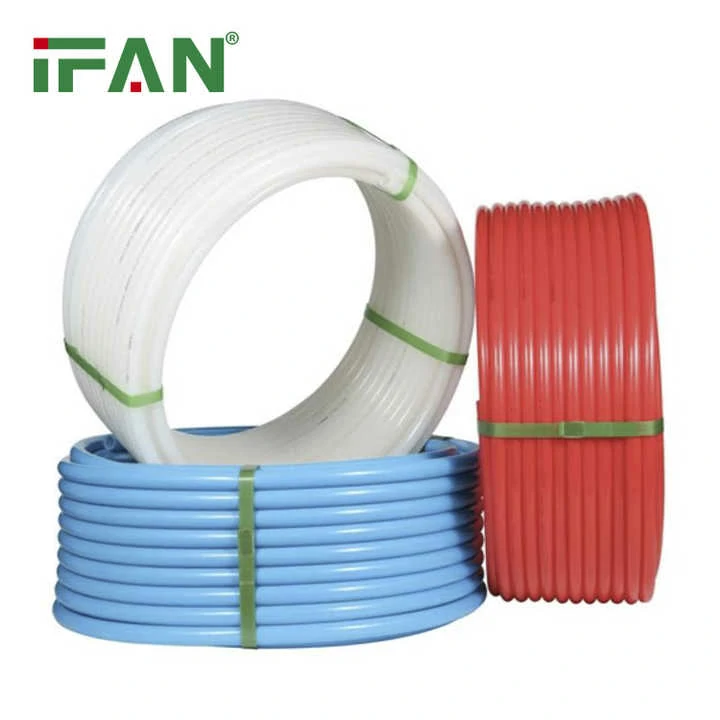Versatility of Modern Plumbing Materials
Cross-linked polyethylene (PEX) has revolutionized residential plumbing with its flexibility and durability. Unlike rigid materials like copper or PVC, this polymer adapts to complex layouts, making whole-house installations feasible. For example, retrofitting a 1920s home in Vermont with PEX required 40% fewer fittings than traditional copper systems.
Advantages for Hot and Cold Water Lines
PEX excels in both hot and cold water distribution. Its thermal resistance prevents bursting in freezing temperatures, a common issue in northern U.S. states. A 2021 study by the Building Research Institute found PEX systems in Minnesota homes reduced pipe failure rates by 75% compared to copper during winter.
Compatibility with Existing Systems
Hybrid installations often combine Cross-linked Polyethylene with other materials. For instance, contractors may use copper for short roof penetrations (to resist UV damage) and PEX for concealed runs. This approach balances cost and performance, as seen in a 2023 California housing project.
Installation Speed and Cost Efficiency
Crimp or push-fit connections simplify Cross-linked Polyethylene installations, cutting labor time by up to 50%. A 1,500-square-foot home can be fully plumbed in 3–4 days versus 6–8 days for copper. Material costs are also lower: PEX averages 0.50–0.50–2 per linear foot, while copper ranges from 2–2–8.
Potential Limitations and Solutions
PEX degrades under prolonged UV exposure, limiting outdoor use without protective sleeves. Additionally, chlorine in municipal water may reduce its lifespan. However, NSF-certified PEX-B and PEX-C grades resist chlorine damage for over 50 years, per manufacturer warranties.

Code Compliance and Safety Standards
All 50 U.S. states approve Cross-linked Polyethylene for potable water, provided it meets NSF/ANSI 61 standards. Inspectors prioritize proper support spacing (every 32 inches) and expansion loops near heaters. A failed 2022 Arizona inspection highlighted insufficient anchoring as a recurring issue.
Long-Term Maintenance Considerations
While PEX resists scale buildup, stagnant water can promote biofilm growth. Flushing lines annually and insulating hot water pipes prevents microbial issues. A Texas homeowner reported resolving “musty-tasting water” by flushing their Cross-linked Polyethylene system for 30 minutes monthly.
Environmental and Health Impacts
PEX production emits fewer greenhouse gases than copper mining. However, microplastic shedding remains debated—a 2020 Duke University study detected negligible levels in Cross-linked Polyethylene-supplied water. For eco-conscious projects, pair PEX with carbon filters to address trace chemical concerns.
Final Verdict on Whole-House Suitability
Cross-linked Polyethylene is a practical, code-compliant choice for entire homes when installed correctly. Its flexibility, freeze resistance, and cost savings outweigh minor limitations. Pair it with UV-resistant materials for outdoor sections, and prioritize NSF-certified products to ensure safety and longevity.

